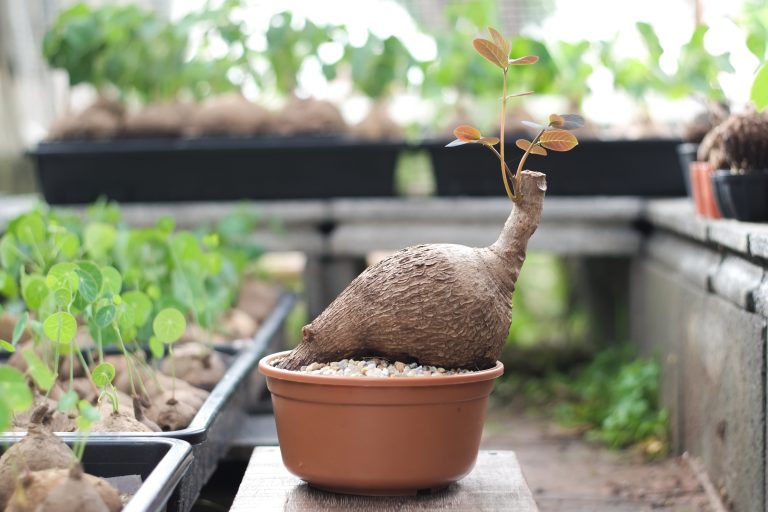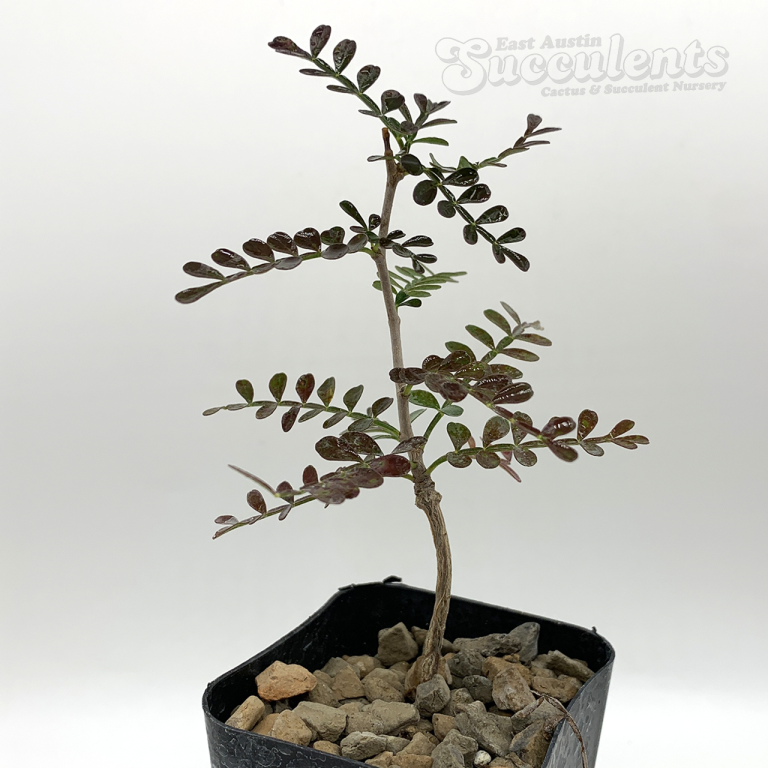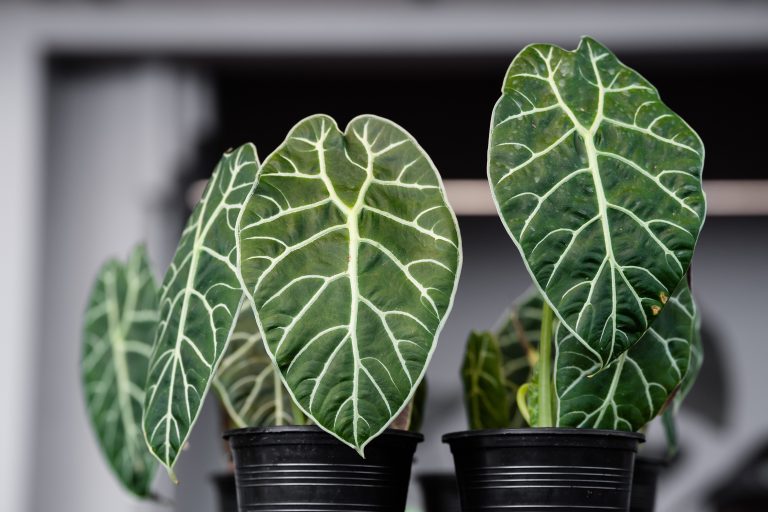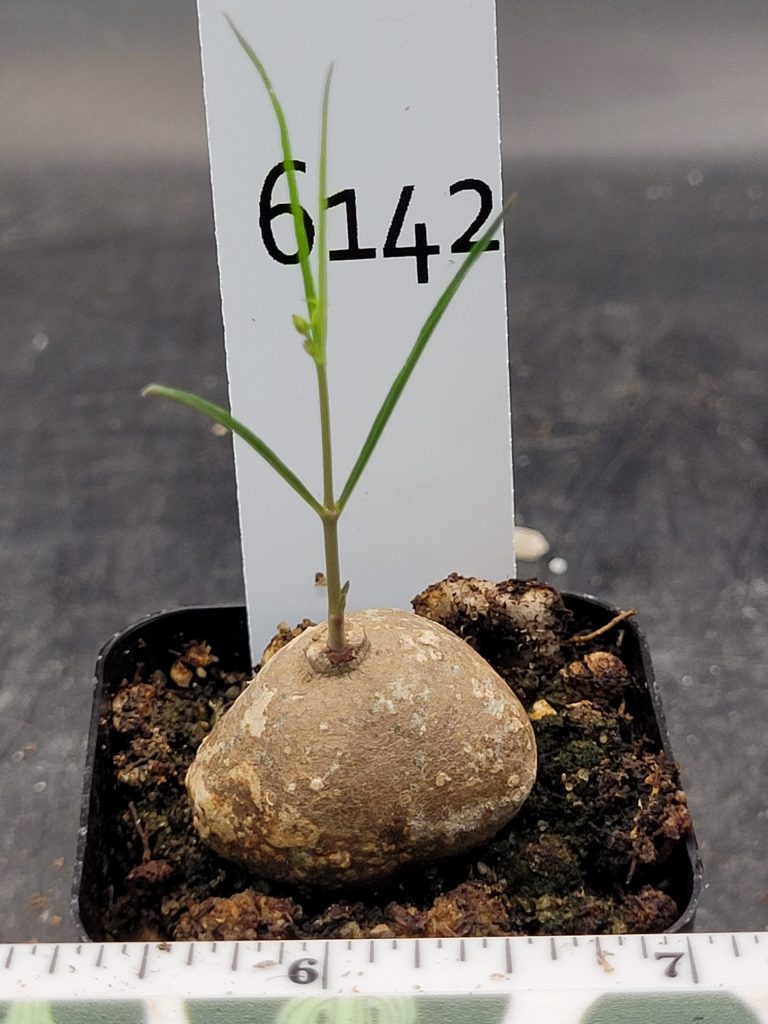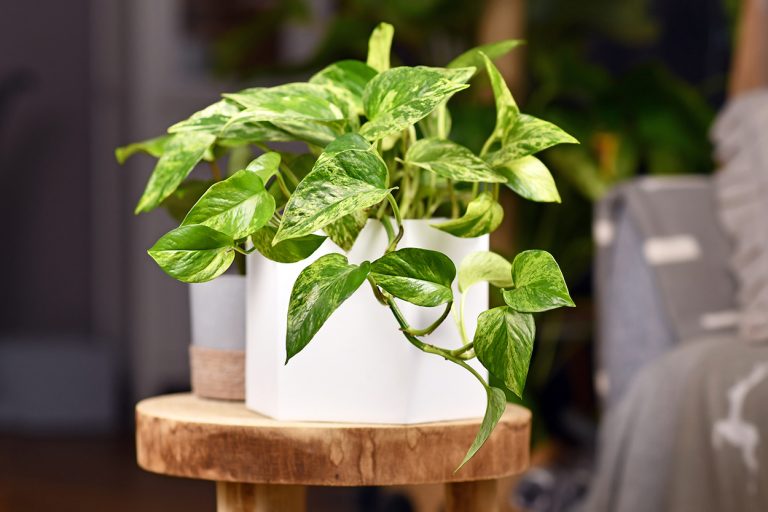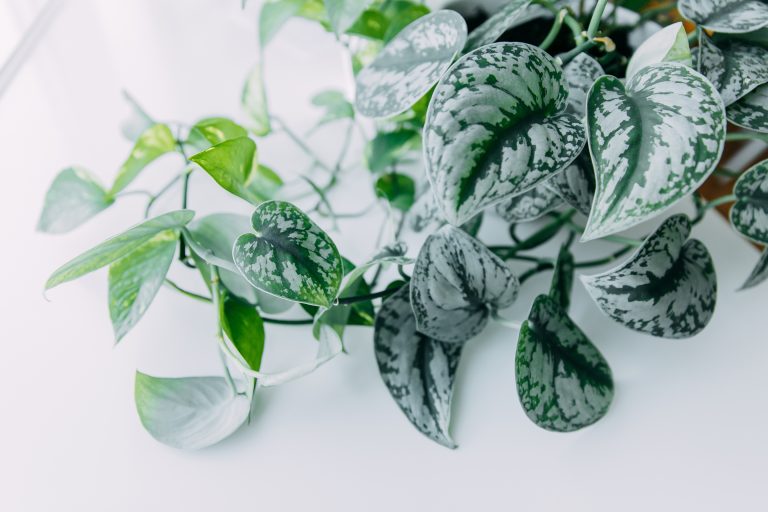Anthuriums, commonly known as Flamingo Flowers or Laceleaf, are popular houseplants admired for their stunning, glossy foliage and striking, long-lasting flowers. With proper care, these tropical beauties can thrive and bring a touch of exotic elegance to your home. Here’s a detailed care guide to help you keep your Anthurium plants healthy and vibrant.

Light Requirements
Anthuriums thrive in bright, indirect light:
- Optimal Light: Place your Anthurium in a spot where it can receive bright, indirect light. Direct sunlight can scorch the leaves and flowers, while low light can reduce flowering.
- Avoid Direct Sunlight: Shield your plant from harsh, direct sunlight by using sheer curtains or placing it a few feet away from a sunny window.
Watering
Proper watering is crucial for maintaining the health of your Anthurium:
- Consistent Moisture: Anthuriums prefer consistently moist soil. Water your plant when the top inch of soil feels dry to the touch.
- Avoid Overwatering: Ensure the pot has good drainage to prevent waterlogging, which can lead to root rot. Empty the saucer after watering to avoid standing water.
- Humidity: Anthuriums thrive in high humidity. Mist the leaves regularly or use a humidifier to maintain a humidity level of 60-80%.
Temperature
Anthuriums are tropical plants that enjoy warm temperatures:
- Ideal Range: Maintain temperatures between 70°F to 90°F (21°C to 32°C) during the day and above 60°F (15°C) at night.
- Avoid Drafts: Keep your Anthurium away from cold drafts, air conditioners, and heating vents to prevent temperature stress.
Soil
Using the right soil mix is essential for the health of your Anthurium:
- Well-Draining Mix: Use a well-draining potting mix that retains moisture but allows excess water to drain away. A mix of orchid bark, peat moss, and perlite works well.
- Repotting: Repot your Anthurium every 1-2 years or when it becomes root-bound. Choose a pot slightly larger than the current one and refresh the soil mix.
Fertilization
Regular feeding helps your Anthurium thrive, especially during the growing season:
- Balanced Fertilizer: Use a balanced, water-soluble fertilizer (20-20-20) diluted to half strength. Fertilize every 4-6 weeks during spring and summer.
- Reduce in Winter: Cut back on fertilization during fall and winter when the plant’s growth slows.
Pruning and Maintenance
Pruning helps maintain the shape and health of your Anthurium:
- Remove Dead or Yellowing Leaves: Regularly trim away any dead or yellowing leaves to keep the plant looking neat.
- Control Size and Shape: Prune leggy growth to encourage a fuller, bushier appearance. Use clean, sharp scissors or pruning shears.
Propagation
Anthuriums can be propagated through division or stem cuttings:
- Division: Carefully divide the plant during repotting. Ensure each division has a healthy root system and a few leaves.
- Stem Cuttings: Take a stem cutting with at least one node and a few leaves. Plant the cutting in a moist potting mix and keep it in a warm, humid environment until roots develop.
Encouraging Healthy Growth
To keep your Anthurium plants lush and vibrant:
- Rotate the Plant: Rotate the plant every few weeks to ensure even growth on all sides.
- Clean the Leaves: Dust the leaves regularly to keep them shiny and free of pests.
- Support Flowering: Provide consistent care, including proper lighting, watering, and fertilization, to encourage continuous flowering.
Common Issues
Be on the lookout for common problems:
- Pests: Watch for pests like spider mites, aphids, and mealybugs. Treat infestations promptly with insecticidal soap or neem oil.
- Yellowing Leaves: This can be a sign of overwatering, poor drainage, or nutrient deficiency. Adjust care accordingly.
- Brown Leaf Tips: Brown tips can indicate low humidity, over-fertilization, or fluoride in the water. Increase humidity, reduce fertilizer frequency, or use filtered water.
By following these care guidelines, you can enjoy the lush foliage and vibrant flowers of your Anthurium plants for years to come. Happy growing!

